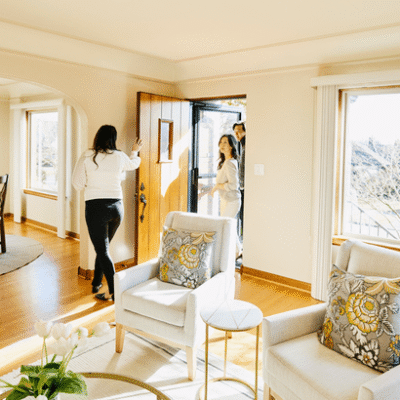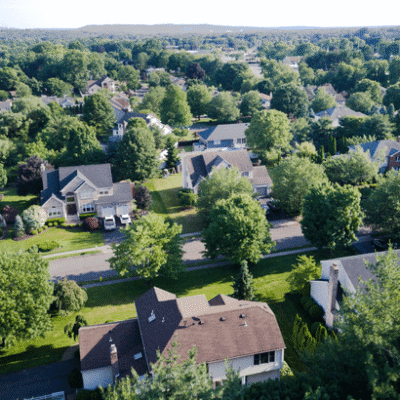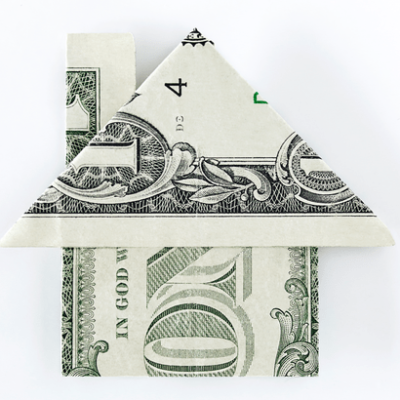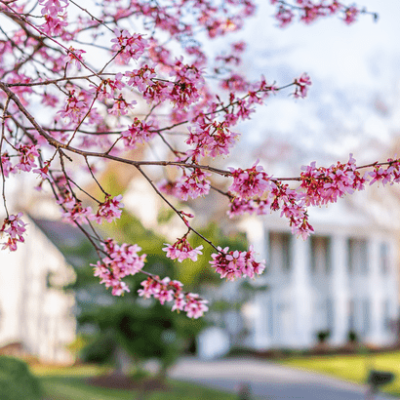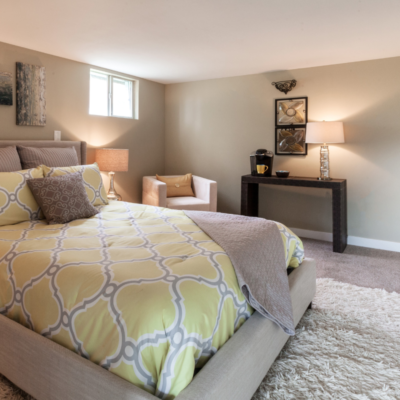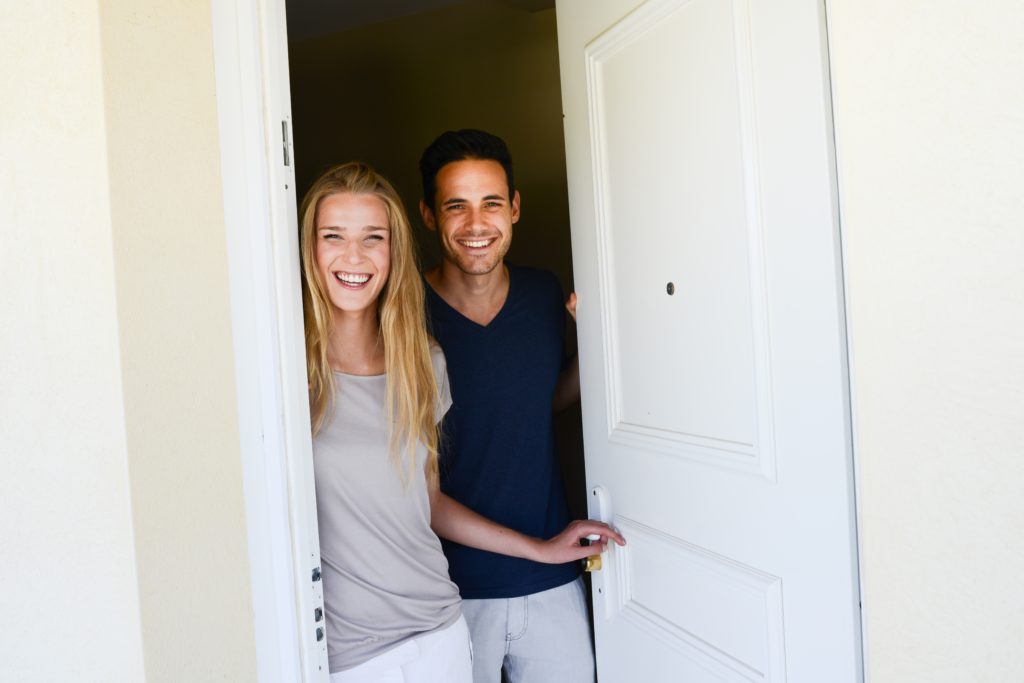
91% Millennials Want to Own a Home
Most renters would like to take the next step toward homeownership. They just don’t think they can – yet. This makes sense considering some renters require rent assistance from any source possible, for example GoFundMe finds that some FundMe pages are asking for rental payment help. So why the jump from renting to owning if millennials are struggling to rent in the first place?
In fact, 91 percent of Millennials stated in a recent survey that they want to own a home. With houses like jimgarciahomes.com on the market, with large variety in price, size and style, it’s no suprise that youngsters want to own their own home to create a life and family.
This group, roughly age 25-34, represent the majority of potential first-time home buyers, according to Ellie Mae, the loan software company that conducted the survey.
The problem — or perceived problem — for many potential homebuyers is the down payment.
Inability to raise the necessary down payment was stated as a common barrier to owning a home, cited by 45 percent of respondents.
The other major challenge, according to twenty-nine percent of survey takers, is the inability to qualify for the mortgage.
But in today’s market, buyers can achieve homeownership with little or no down payment, and sometimes without a credit score. This is certainly good news for first-time buyers. They can also get help over at Paige & Campbell with their homeowners insurance as this is a particularly key area of homeownership.
Knowing about these loan products and down payment options will fast-track your homeownership goals, even if perceived barriers have kept you from trying.
Down payment: Will It Take Eleven Years to Save Up?
A common home buying myth is that it takes a 20 percent down payment to buy a home.
For a $300,000 home, that’s sixty thousand dollars.
Fortunately, this myth doesn’t hold water. Most would-be buyers are around 30 years old. Not many of these Millennials have that type of cash stashed in savings. They will someday, but not yet. Not with student loan debt obligations still in play.
Of course, if you want to save that 20 percent down payment you can. Just save $12 every day and you’ll have your down payment banked sometime around 2027.
That’s way too long. Home prices will likely outrun efforts to save up 20 percent of your future home’s purchase price.
Knowing your flexible mortgage loan options is your first move. From there you are just a series of small actionable steps away from making homeownership happen. Plus, if you are a doctor, dentist or physician you have plenty other possibilities with mortgage loans specifided for these medical professionals. You can find out more about physician personal loans at LeverageRx.
What Are My Home Loan Options?
There is no universal mortgage guideline that all applicants must adhere to. Mortgages come in a variety of formats to meet a wider population of home buyers.
From low down payment requirements to credit score leniency, there’s a loan type for most home buyers today.
1. FHA loans
The popular FHA home mortgage program requires just a 3.5% down payment. This financing type is also more flexible for those lacking an extended employment history — like fresh college grads — and those who have experienced a credit hiccup.
Speaking of credit, these loans also allow a borrower to have no credit score at all. Many young people have never had so much as a credit card. According to written FHA rules, lenders are not allowed to deny a loan application based on lack of credit history.
Rather, the FHA lender should help the applicant establish a credit score and history via utility payments, cell phone bills, car insurance, and rent history.
2. VA home loans
VA mortgages require no down payment or mortgage insurance. Credit guidelines are lenient, and, like FHA, accept non-traditional credit history.
Active military personnel need only 90 days of service to be eligible for the VA home loan program. If you are a veteran or qualified serviceman you should explore this option first, as it comes with unmatched advantages.
3. Conventional loans
Conventional loans make up around 60 percent of the market. Most assume conventional loans – those backed by Fannie Mae and Freddie Mac – are ultra-conservative and reserved for only the best applicants.
Yet conventional loans now offer three-percent-down (97% LTV) financing through the Conventional 97 program as well as HomeReadyTM, the latter accepting non-borrower household income to qualify.
The HomeReadyTM mortgage is perfect for multi-generational households, home buyers with a history of living with roommates, and non-married individuals buying a home together.
4. USDA Rural Development loan
The United States Department of Agriculture (USDA) offers this loan to home buyers in suburban and rural areas to promote economic development in these regions.
USDA loans require no down payment and a credit score minimum of just 640.
They are available from most lenders in the U.S., rather than directly from a government agency. Furthermore, these mortgages come with very low mortgage rates, which lowers the monthly payment, and further increases chances of qualifying for new buyers.
Creative Ways To Raise A Down payment
Sometimes, buyers choose to make a down payment, even if it’s a small one.
The cash doesn’t always have to come from a bank account into which you have made years of deposits. The following are ways to come up with a down payment — ways that new home buyers don’t often consider.
1. Your 401(k)
The IRS allows 401(k) home buyers to borrow as much as $50,000 from the vested portion of their accounts.
Many times the payments are deducted from your employment pay check every month. The interest rates are usually favorable too.
2. IRA funds
The IRS allows for a maximum one-time, penalty-free distribution per person of $10,000 for a first-time home purchase or for building a home.
The IRS exemption guidelines for a traditional IRA and a Roth IRA are a bit different though. Consult with an accountant about tax implications.
4. Down payment gifts from family
Your immediate family members and even more distant relatives or godparents can contribute to an FHA loan down payment.
Be prepared to document the gift funds thoroughly, including proof of donor’s ability to give, which generally requires the gift giver to provide a bank statement.
5. Saving automation
Deposit your tax refund directly to a down payment fund or redirect a small portion of your paycheck there. Some banks will even round up to the nearest dollar with every purchase, depositing the difference into your savings account.
Minimize your temptation to tap that fund by refusing checks and debit cards for the account.
6. Bridal registry
Would you prefer a kitchen gadgets or down payment money for your first home? FHA allows for a bridal registry to be used toward your down payment.
Consult your loan officer on how to document it and you could be well on your way to a solid down payment by the time you get home from the honeymoon.
Down payment Assistance Programs
More than 2,300 homebuyer programs are available nationwide and nearly 80 percent of first-time buyers could qualify for a program of some sort.
Who offers these programs?
- Housing finance agencies in various states
- Nonprofit agencies
- City and local development authorities
- Employers
Homebuyers should investigate these down payment assistance options upfront. They add time to the mortgage loan process so getting started on this path early is strongly advised.
Written by: SHASHANK SHEKHAR, themortgagereports.com
If you have been on the fence wondering whether you can qualify for a mortgage and move into your dream home, contact one of our highly skilled mortgage bankers to set up a no-obligation free consultation so we can review your current situation and get you on the path to home ownership.

